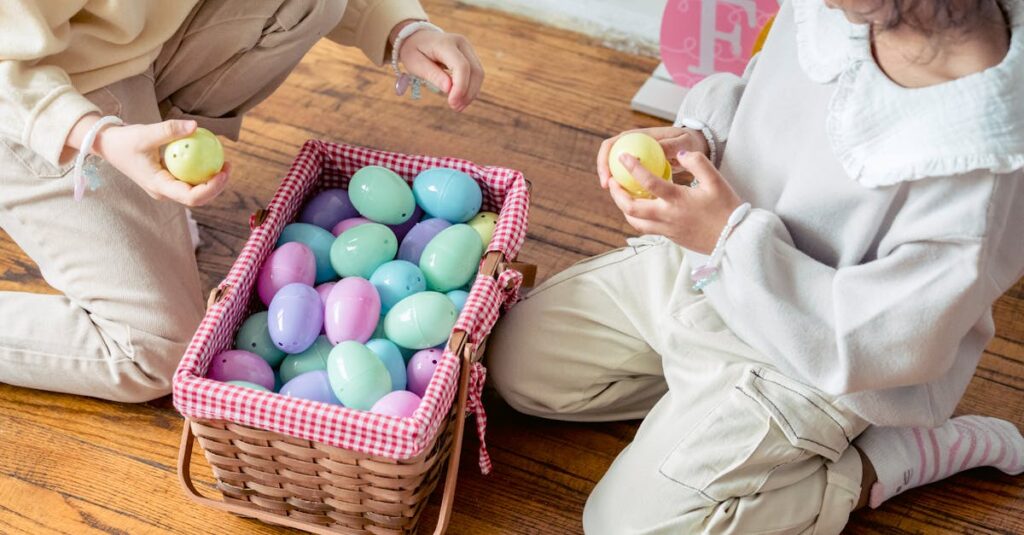Modeling Gratitude: Lead by Example
Children learn by watching their parents. To teach gratitude, show it daily. Say ‘thank you‘ often and acknowledge the blessings in your life. When your child sees you being thankful, they’ll imitate it. A simple ‘Mommy is thankful for this warm meal‘ can go a long way. Share joyful moments and emphasize what you’re grateful for. As they grow, kids will learn that gratitude is a part of daily life.
Teach Through Bible Stories
Bible stories are excellent tools to teach gratitude. Stories like Jesus feeding the 5,000 show God’s provision. Discuss these stories with your child and ask questions like, ‘Why did the people thank Jesus?’ Engaging them this way makes the lesson stick. Tailor the story to their level, making it fun and interactive. This helps them see gratitude, not just hear about it.
Daily Thankfulness Activities
Turn gratitude into a game! Each day, ask your child to name three things they’re thankful for. It could be anything from a favorite toy to a sunny day. Toddlers love this game and it helps build a routine of thankfulness. As they name their blessings, they’ll associate positive feelings with gratitude. This daily practice can become a cherished family tradition.
Gratitude Journals for Tiny Hands
A gratitude journal doesn’t have to be fancy. A simple notebook allows your child to draw or write what they’re thankful for. Encourage them to express appreciation in their unique way. You can also help them paste pictures or stickers that represent their blessings. This activity combines creativity with thankfulness, making it fun and engaging for little ones.
Gratitude in Prayer
Incorporate gratitude into prayers. Start prayers with ‘Thank you, God, for…’ and let your child add onto it. This teaches them to thank God for their blessings, big or small. Over time, gratitude will become a natural part of their prayer life. Repeatedly acknowledging God’s gifts reinforces a grateful mindset.
Celebrate Small Acts of Kindness
Encourage acts of kindness and celebrate them. When your child shares a toy or offers help, praise them. Acknowledging and celebrating these small acts helps them understand the value of kindness. It also shows them that gratitude extends to appreciating other people’s actions. Plus, sharing kindness is a great way to foster a loving, grateful heart.
Turn Adversity into Gratitude Lessons
Adversity can teach gratitude too. When challenges arise, discuss how they can make us stronger or reveal new blessings. Explain it simply: ‘Even though we’re missing our friends, we’re grateful for family time at home.’ This helps children see the silver lining and appreciate even difficult situations. Turning adversity into a lesson of gratitude builds resilience and perspective.

